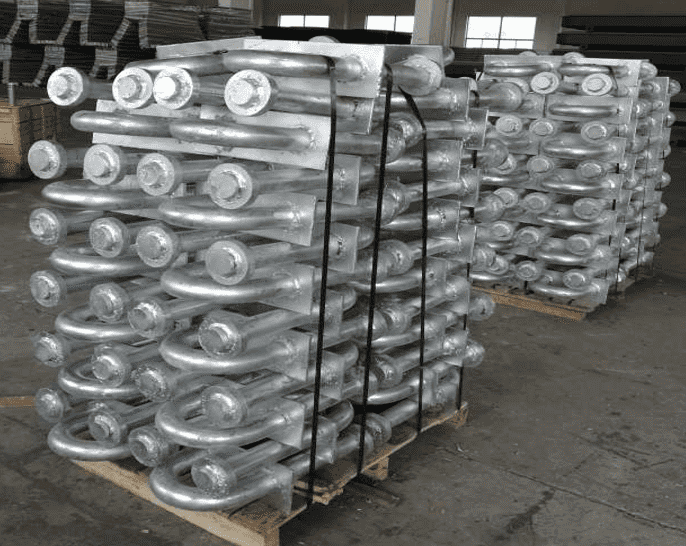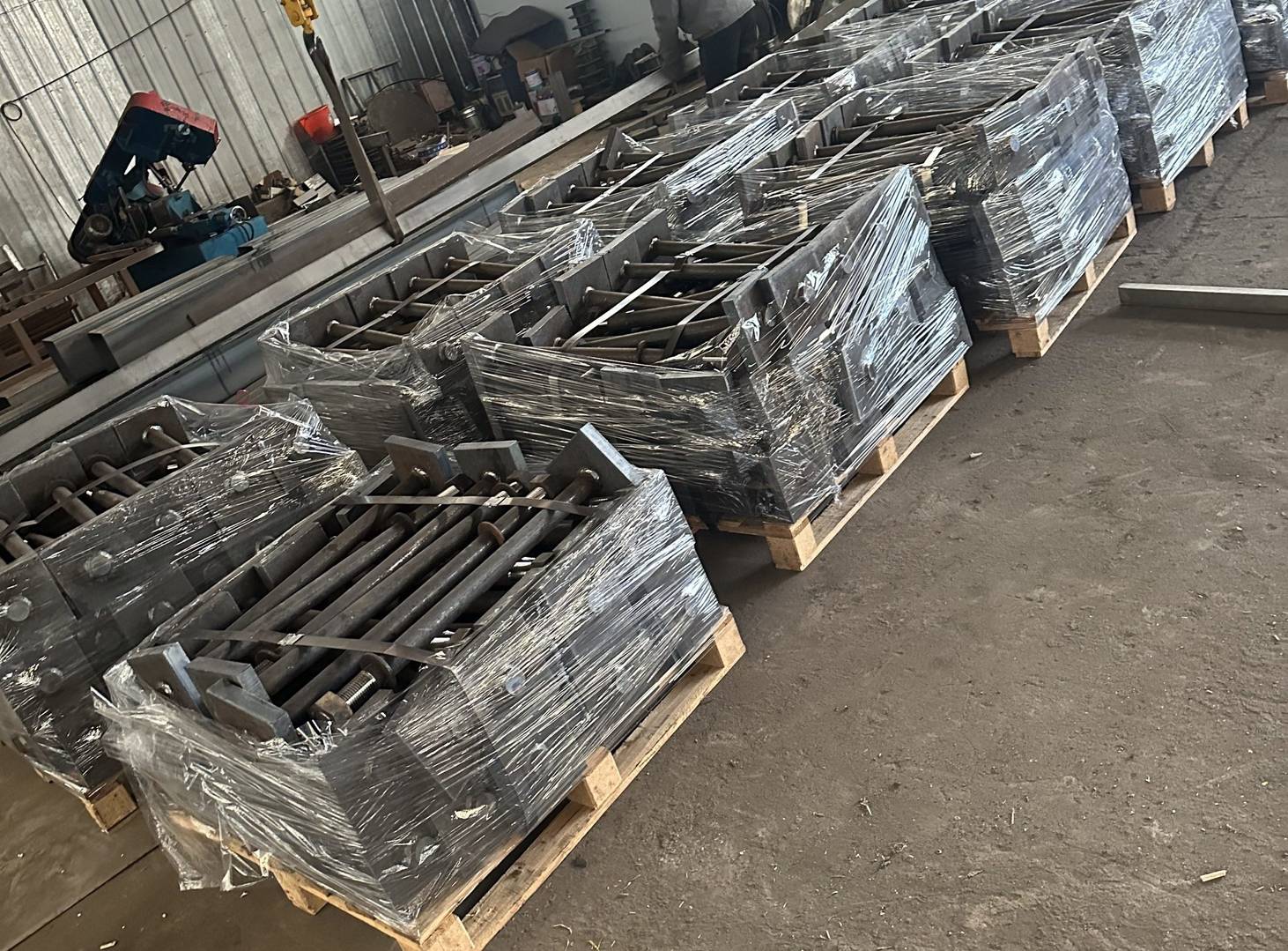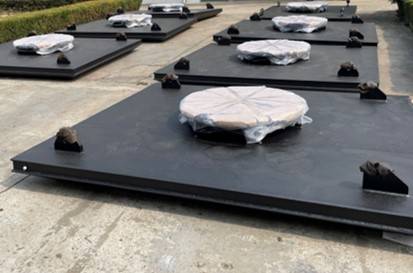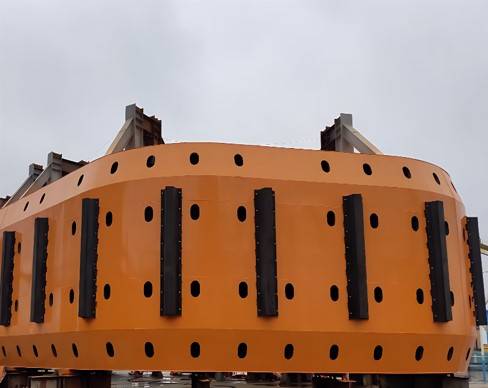Tugboat fender selection

A. Cylindrical fenders:
Fitted to the bow/stern of tugs and usually used to push against flared hulls and in open sea conditions.
B. Pushing fenders:
Keyhole, Square and W-and M-fenders provide large contact surfaces for low hull pressures. Their grooved surfaces provide exceptional grip.
C. Side beltings:
D, Square and Composite fenders are often used as side beltings to protect the vessel during escort duties and when coming alongside.
D. Stern of tugs:
Usually use Cylindrical fenders or any other types.
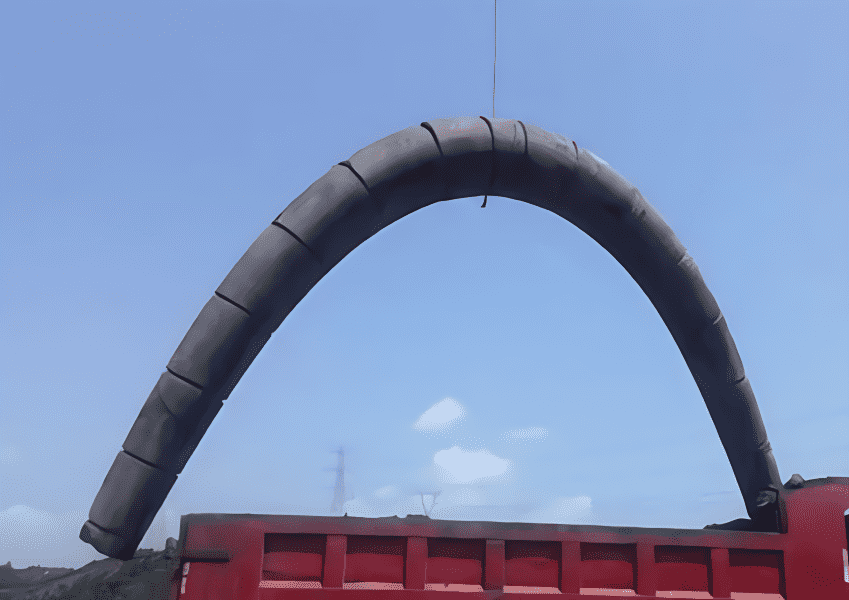
Tug cylindrical fenders are often used as the primary pushing fenders on the bow or stern of tugs, but they are equally good for pushing flat-sided vessels. Tug fenders can be fixed on the hull by chains or straps, easy to install. Tapered ends are also available.

This design’s dual-leg structure with hollow interiors makes installation a breeze. Its flexible legs hug the hull, enhancing stability and adaptability.
The W-type fender handles heavy loads, vital for tugboats in rough seas, safeguarding vessels and ports.
It also protects mooring areas of pontoons and bridge piles, showcasing its versatility in diverse applications.
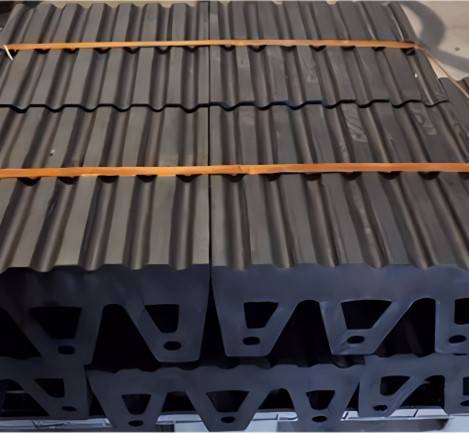
M-Fenders have a large and flexible contact surface which exerts a low pressure during pushing operations. The triple legs give a strong attachment to the tug.


